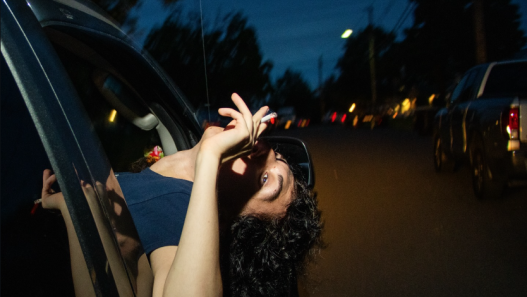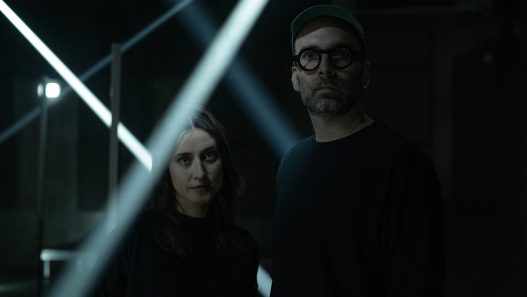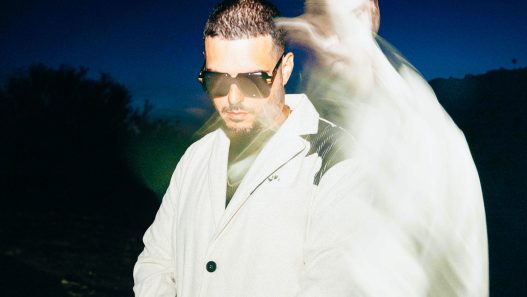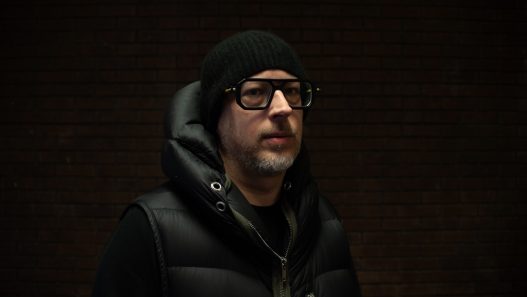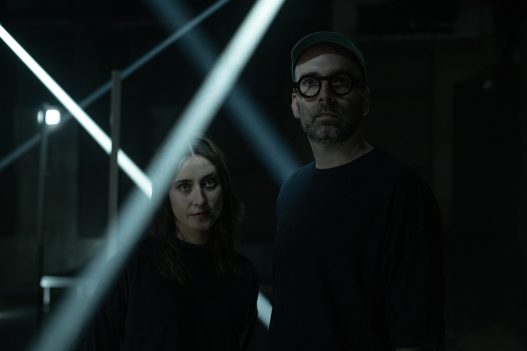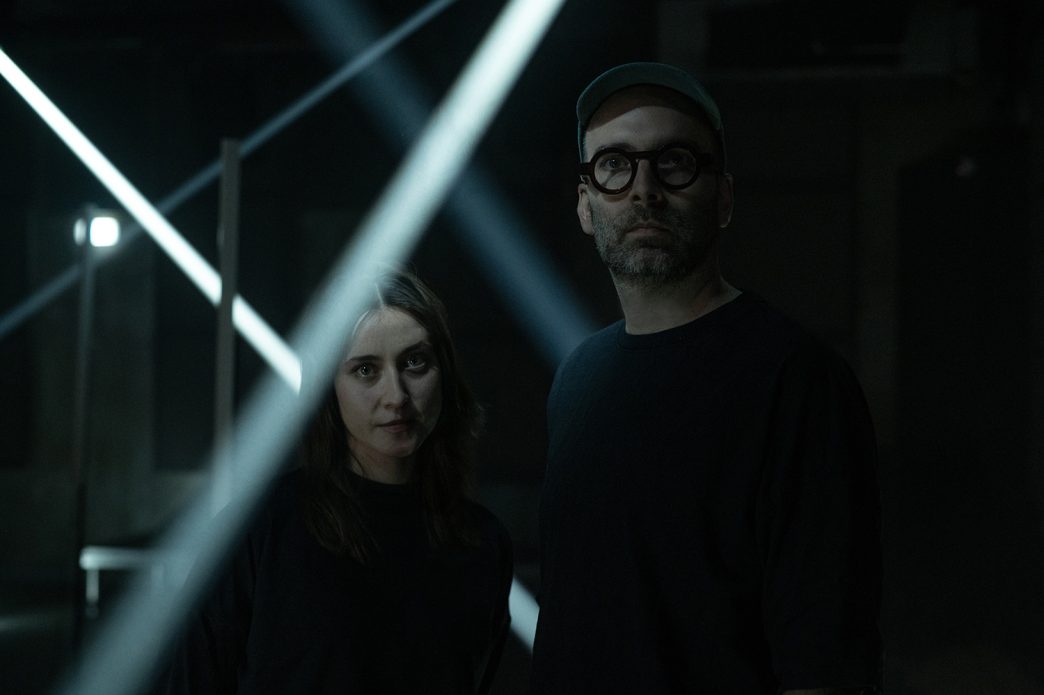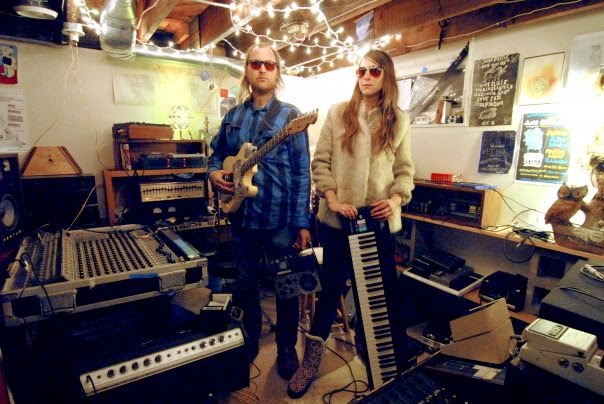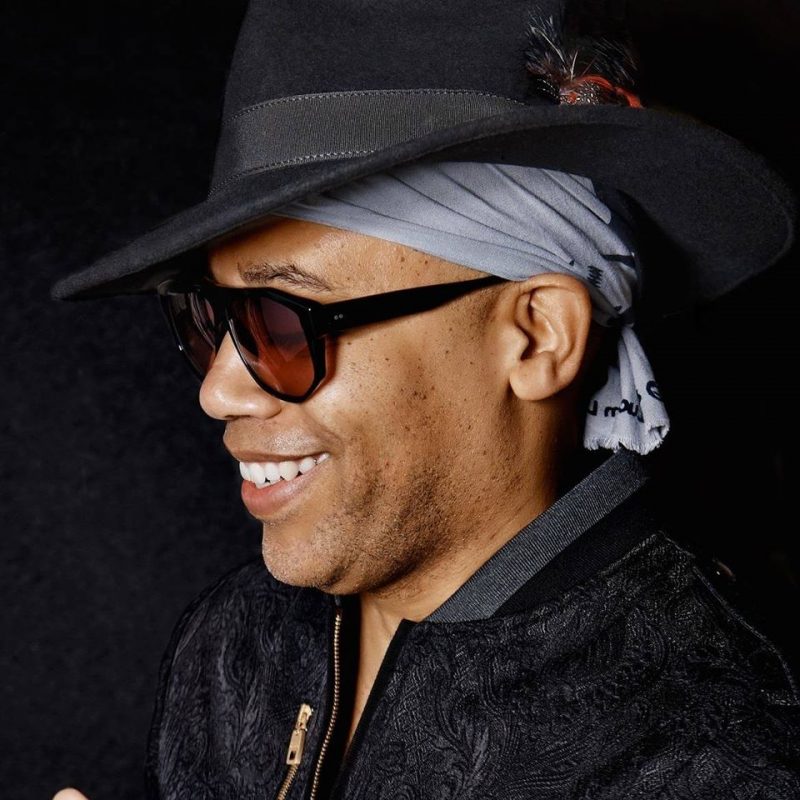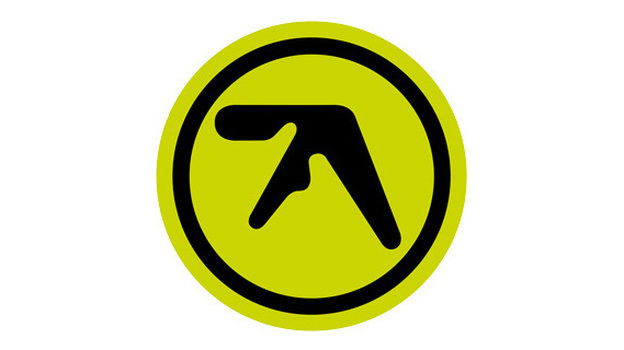Budapest-based producer and multi-disciplinary artist mïus – the cinematic live audio-visual project of architect and set designer Gergely Álmos – has spent the last decade quietly building one of the most distinctive voices in European atmospheric electronica, drawing inevitable (and earned) comparisons to Bonobo, Moderat, and Jon Hopkins. Across six acclaimed albums released on imprints like Sonar Kollektiv and his own Théque Records, mïus has racked up over a million Spotify streams, editorial love from Bandcamp and Spotify’s TOP 50 playlists in the UK and Germany, premieres on Mixmag, and remixes from heavyweights Brandt Brauer Frick, Vessels, and Robot Koch, while earning tastemaker nods from Mixmag, CLASH, Vice, DJ Mag Spain, Faze Mag, When We Dip, KALTBLUT Magazine, and trndmsk, plus radio spins on BBC Radio 6, Rinse FM, and KCRW. On 21 November 2025 he returned with the breathtaking new single ‘Worthy’ – featuring the luminous, ethereal vocals of HALOSARA – a softly swelling downtempo masterpiece of broken beats, airy synths, and intimate piano that already feels like one of the year’s most quietly euphoric moments.
We sat down with Gergely and Sara to dive into the story behind the track, the magic of phone-voice-memo beginnings, and what’s next for the ever-evolving mïus universe.
When you’re starting from absolute zero on a track, what’s the first spark that usually pulls you into the studio – a visual, a feeling, or a sound?
SARA: I don’t really know — every time feels different. Honestly, I usually don’t even realize what I’m doing until I’m finished with something. I just try to stay playful, follow what feels right in the moment, and try to leave all rational thinking outside the creative process, though that’s often the hardest part.
How has living in Budapest and being surrounded by its architecture and art scene quietly shaped the way mïus sounds compared to producers in Berlin or London?
GERI: I always think that I learned music writing at the Budapest University of Technology. In the architecture department, I got a perspective on the generality of creation that can be applied to almost any field. It is a kind of conceptual thinking, which, contrary to its name, does not lack free creative processes, but rather refers to a kind of humble attitude.
Take us back to the exact moment you first heard HALOSARA’s phone voice memo – what was it about that raw recording that made you say “this has to stay in the final version”?
GERI: Sára was lucky enough to record the birth of the song. How many times do we find ourselves playing some unrepeatable melody freely and forgetting to press the red button? The original song had such a strong, beautiful lo-fi vibe to it along with the vocals that it was no question when I heard it for the first time that some of that vibe would find its way into the song in some form.
The press release calls ‘Worthy’ an apology to oneself – without giving away anything too private, what did writing and producing this track end up teaching you about self-forgiveness?
SARA: In the last couple of months (or maybe years), I’ve been dealing a lot with the subject of self-love and self-respect. I realized that although I always thought I loved myself, some of my actions didn’t really show it — and I often found myself disappointed and sad. So I started to look deeper into it. I craved attention and recognition, and I tended to invalidate myself and my feelings just to get them.
Musically, how did you two decide where the line is between keeping the intimacy of that original piano-and-vocal demo and letting the track bloom into something euphoric?
GERI: The original voice memo can be considered more of a seed of ideas, which fortunately outlined many directions where the song could be taken. It was clear that the main theme should build slowly and that the song should not be overly complicated in structure. Thus, the entire song was built on one theme, and the modulation of the synthesizer and rhythms added variety to the song’s progression.
SARA: The song came together in such an organic way — it almost wrote itself. Of course, its simplicity helps, since it revolves around one single theme throughout. It was funny to hear his first draft, because I had imagined it with a completely different pulse! Geri had placed the beat somewhere else than I did — but we compromised, and that became the final version.
You’ve built mïus as a full audio-visual live experience – when you play ‘Worthy’ live for the first time, what do you want people to see on the screens at the exact moment the drop hits?
GERI: We had an audiovisual concert in October, where we tested the song live in front of an audience before its release. Our current visual is not animation-like, but rather plays with the simple physics of light, placing it in compositions in its simplicity on a 360-degree stage. Beams of light swayed the audience to the rhythm of the song like a pendulum.
Looking back at six albums and a million streams, is there one older mïus track that you secretly wish more people had discovered, and why does it still mean so much to you?
GERI: Maybe the ‘Kamarametrik’ album, recorded a year ago, is the one that could have received a little more attention, but perhaps the combination of classical music and electronics does not attract a large audience, and this is a concert album that requires sitting down and taking the time. These things are considered a luxury these days. This album is also very important because it was very exciting to arrange the songs for a chamber orchestra, Szilo Várnai and I put a lot of creative energy into it, and we ourselves developed a lot in the process.
You’ve had remixes from Brandt Brauer Frick, Vessels, and Robot Koch – if you could pick any dream collaborator tomorrow with zero limitations, who would make you genuinely nervous to send a stem folder to?
GERI: The names of Simon Green (Bonobo), Dan Snaith (Caribou) or Sascha Ring (Apparat/Moderat) would be too exciting to comprehend for one person to take in.
As someone who literally designs film sets by day, do you ever feel torn between wanting your music to tell a crystal-clear story and wanting to leave everything completely open so the listener builds their own film in their head?
GERI: It’s interesting that I took a 6-year break from filmmaking, and I turned back to architecture at that time. I just returned to a TV series for a few months, and it confirmed that it was not by chance that I returned to the pair of architecture and music. For formal reasons, the film is too chewy, compared to a building that leaves the user with completely open feelings, like a book. And this can be said many times about music. Of course, films also have their many creative advantages, but from the point of view of imagination, listening to music is still the most mystical. It’s not by chance that architecture is called frozen music.
if ‘Worthy’ had an official smell (like a candle or perfume that captures its vibe), what would it smell like to you?
SÁRA: Spring breeze.
Stream ‘Worthy‘:
Follow mïus:
Instagram – Facebook – X – Soundcloud – Youtube – Spotify



